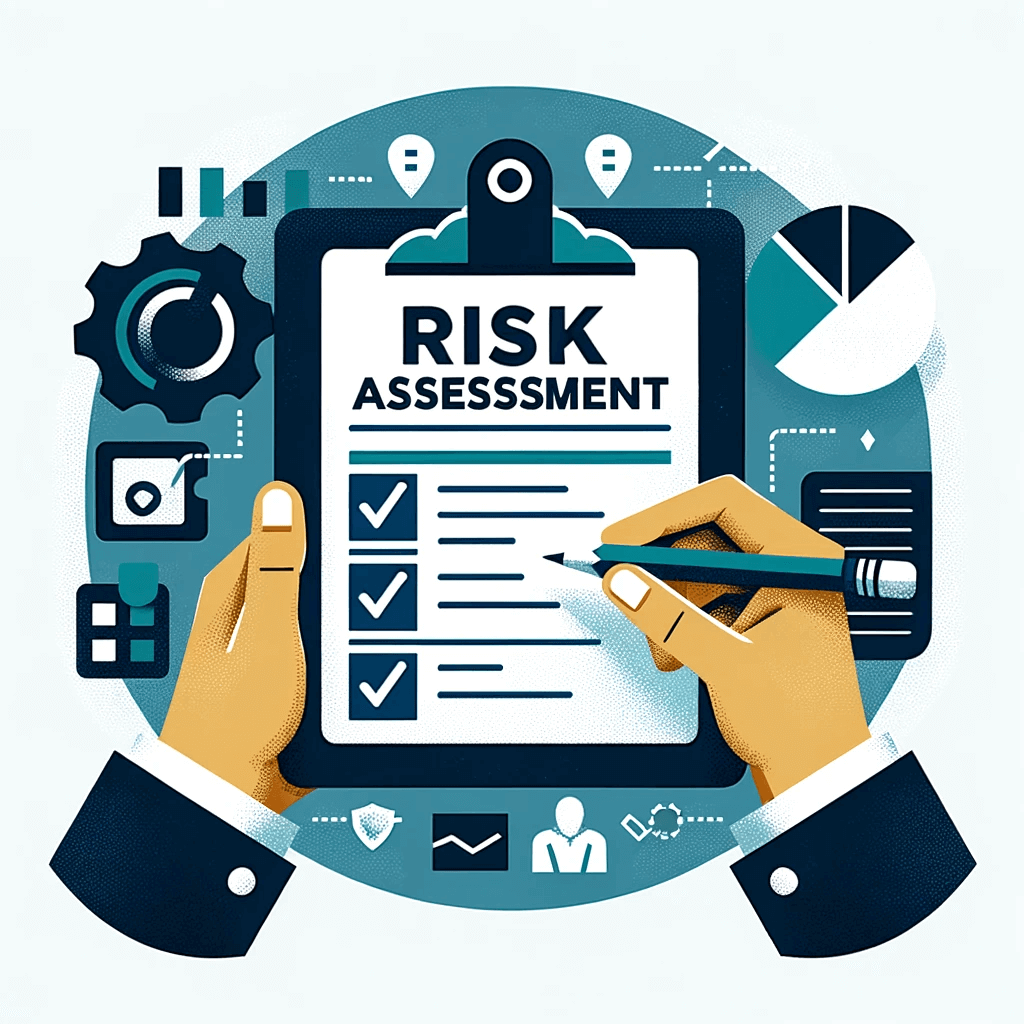What is Business Resilience
Business resilience, often referred to as business resiliency, is an organization’s ability to adapt and respond to various types of disruptions while maintaining continuous business operations and safeguarding people, assets, and overall brand equity. This concept extends beyond mere recovery from incidents; it encompasses the capacity to thrive in the face of unforeseen challenges and changes. Business resiliency programs are structured efforts that a company undertakes to increase its resilience. These programs typically involve planning, preparation, response, and recovery strategies that help businesses to quickly adapt and continue their operations under adverse conditions.
Why Business Resilience Matters
In today’s digitally-driven world, the role of IT in business resilience cannot be overstated. IT systems form the backbone of most business operations, making their resilience critical to overall organizational health. Particularly, data storage plays a pivotal role in this aspect. The ability to securely store, manage, protect, and access data is fundamental to business continuity. Effective management of IT resources and data storage solutions ensures that businesses can withstand and rapidly recover from disruptions, whether they are technological, natural, or man-made.

Business Resilience vs. Business Continuity: Key Differences
While often used interchangeably, business resilience and business continuity are distinct concepts. Business continuity primarily focuses on the maintenance of essential functions during and after a disaster has occurred. In contrast, business resilience is broader, encompassing the ability to bounce back from challenges and also adapt to new conditions and opportunities. Business resilience is proactive, aiming to build a robust organization that is not only prepared for emergencies but is also flexible and agile in the face of change.
Conducting a Thorough Risk Assessment in Business Resilience
 Risk assessment is a crucial component of a business resilience strategy, focusing on identifying and evaluating a variety of potential risks. These risks can range from specific technical issues like disk failures and bit rot affecting storage withing a site, to larger-scale natural disasters and outages affecting the entire site. Additionally, businesses must consider cybersecurity threats, including ransomware attacks and the risk of data breaches. This evaluative process helps in pinpointing vulnerabilities and prepares businesses to develop targeted strategies to mitigate these risks. By understanding and planning for these diverse threats, from the technical to the environmental and digital, organizations can create more robust and comprehensive resilience plans, ensuring a well-rounded approach to maintaining continuous operations under various adverse conditions.
Risk assessment is a crucial component of a business resilience strategy, focusing on identifying and evaluating a variety of potential risks. These risks can range from specific technical issues like disk failures and bit rot affecting storage withing a site, to larger-scale natural disasters and outages affecting the entire site. Additionally, businesses must consider cybersecurity threats, including ransomware attacks and the risk of data breaches. This evaluative process helps in pinpointing vulnerabilities and prepares businesses to develop targeted strategies to mitigate these risks. By understanding and planning for these diverse threats, from the technical to the environmental and digital, organizations can create more robust and comprehensive resilience plans, ensuring a well-rounded approach to maintaining continuous operations under various adverse conditions.
Strengthening Business Resiliency: Three Lines of Defense
Effective business resilience requires a multi-layered approach to safeguard against various disruptions. This approach involves a blend of proactive and reactive measures designed to maintain operational continuity and minimize data loss. It starts with robust infrastructure resilience, extends to comprehensive disaster recovery planning, and is underpinned by efficient data restoration capabilities, each contributing to the overall fortitude and agility of the business in the face of challenges.
Overcoming Local Storage Failures and Outages
To fortify business resilience, organizations must ensure continuous data access. This involves synchronously mirroring data across physically separate locations, whether within a room, a campus, or a metropolitan area. In the event of an outage in one location, automated and transparent failover mechanisms allow for non-disruptive access from the redundant copy, thereby maintaining zero RPO and RTO and preventing data loss or application impact.
Remote Secondary Sites and Disaster Recovery (DR) Planning
To mitigate the impact of regional outages, businesses employ asynchronous replication of data between the primary site and a remote/DR site. This strategy achieves data redundancy over long distances where synchronous copying is not feasible. The process includes not only disaster recovery but also controlled site switchover for planned maintenance, thereby balancing RPO and RTO according to the specific scenario.
Point-in-Time Data Recovery to Minimize Data Loss
Addressing incidents like data deletion, ransomware attacks, and logic errors requires a different approach. Organizations rely on point-in-time backups or snapshots taken before unwanted changes occur. The speed of recovery (RTO) and the period at which data is lost (RPO) depend on the frequency and storage medium of these backups. Continuous data protection (CDP) offers granular recovery, potentially reducing RPO and RTO to almost zero.
RPO, RTO, and RTA: Why These Metrics Matter for Your Business
Recovery Point Objective (RPO), Recovery Time Objective (RTO), and Recovery Time Actual (RTA) are critical metrics in business resilience.
- RPO refers to the maximum age of files that must be recovered from backup storage for normal operations to resume after a failure.
- RTO, on the other hand, is the targeted duration of time within which a business process must be restored after a disaster to avoid unacceptable consequences.
- RTA is the actual time it takes for recovery, which should ideally align with or be better than the RTO.
Developing a Culture of Business Resilience
 Developing a culture of business resilience is about fostering an organizational mindset where proactive planning, adaptability, and continuous learning are integral. It involves educating employees at all levels about the importance of resilience, encouraging open communication, and cultivating a sense of shared responsibility towards the company’s continuity and crisis response strategies. By embedding resilience into the company culture, organizations not only enhance their ability to withstand disruptions but also empower their workforce to contribute actively to resilience initiatives. This cultural shift ensures that resilience becomes a core value, driving innovation and strategic thinking across all business operations.
Developing a culture of business resilience is about fostering an organizational mindset where proactive planning, adaptability, and continuous learning are integral. It involves educating employees at all levels about the importance of resilience, encouraging open communication, and cultivating a sense of shared responsibility towards the company’s continuity and crisis response strategies. By embedding resilience into the company culture, organizations not only enhance their ability to withstand disruptions but also empower their workforce to contribute actively to resilience initiatives. This cultural shift ensures that resilience becomes a core value, driving innovation and strategic thinking across all business operations.
How DataCore Can Help
At the forefront of enhancing business resilience, DataCore SANsymphony plays a pivotal role. This advanced software-defined storage platform offers a comprehensive solution for business continuity and disaster recovery.
SANsymphony’s capabilities in synchronous and asynchronous data replication, continuous data protection, and automated failover processes ensure minimal RPO and RTO, fortifying business operations against disruptions. Its intuitive design enables seamless integration with existing IT infrastructure, making it an ideal choice for businesses seeking to strengthen their resiliency and ensure continuous data availability, even in the most challenging circumstances.
